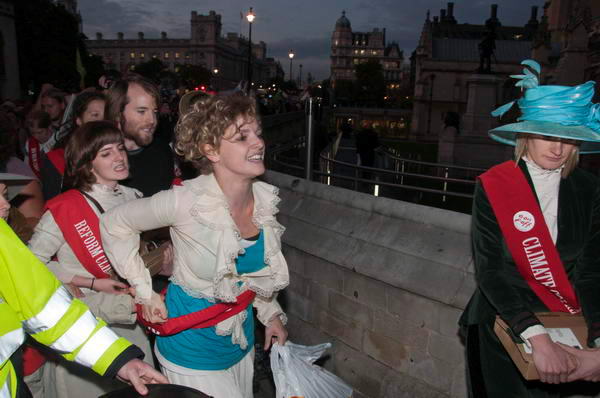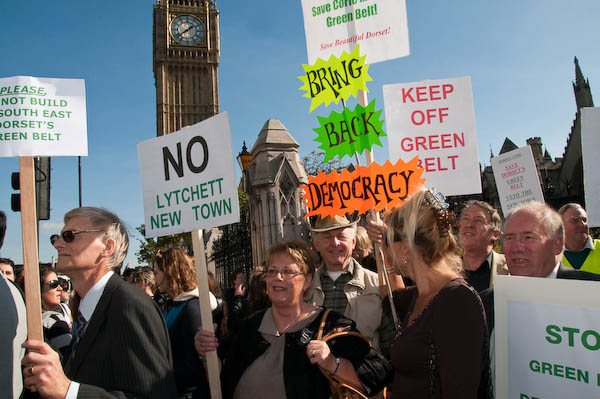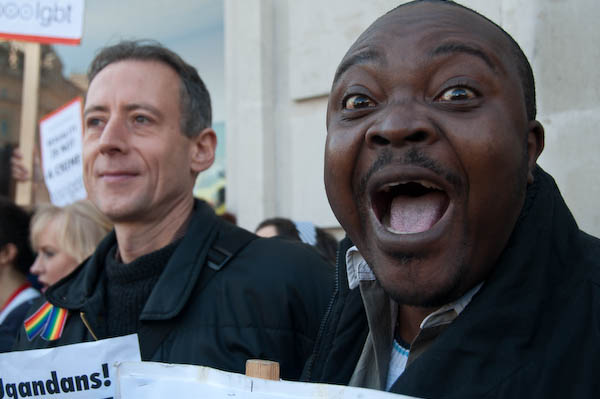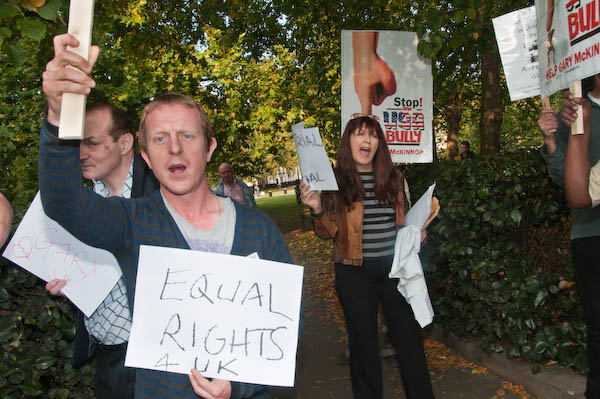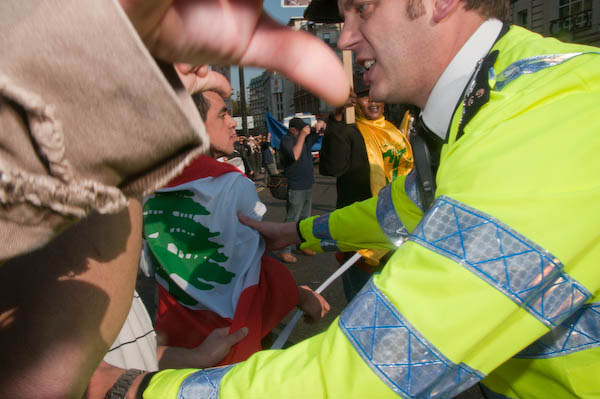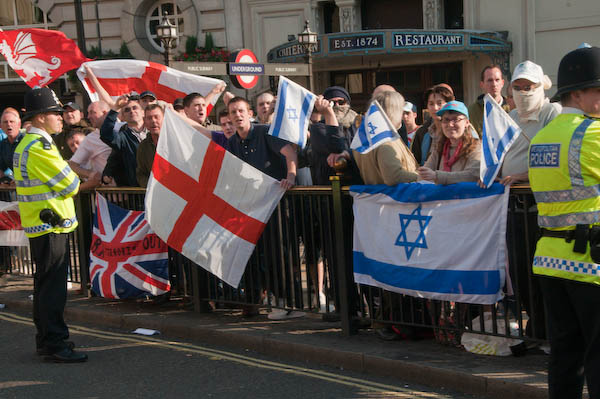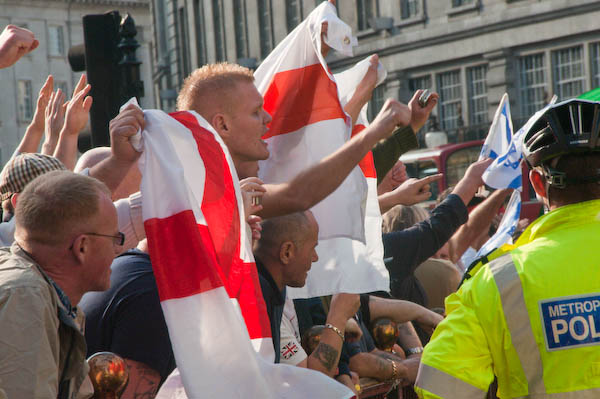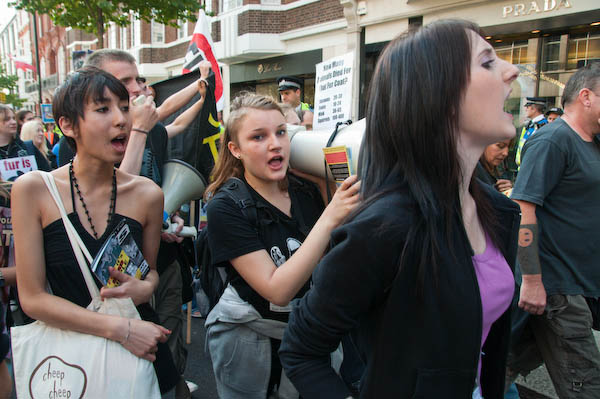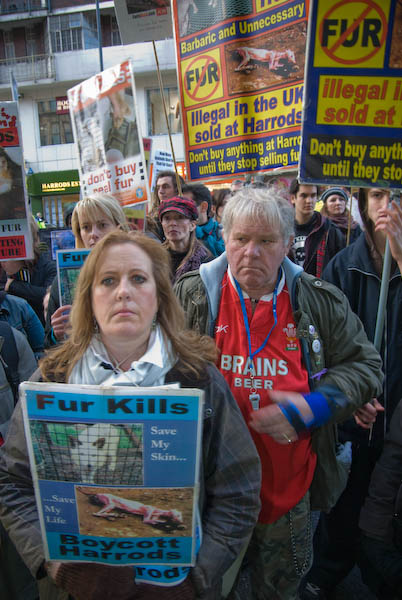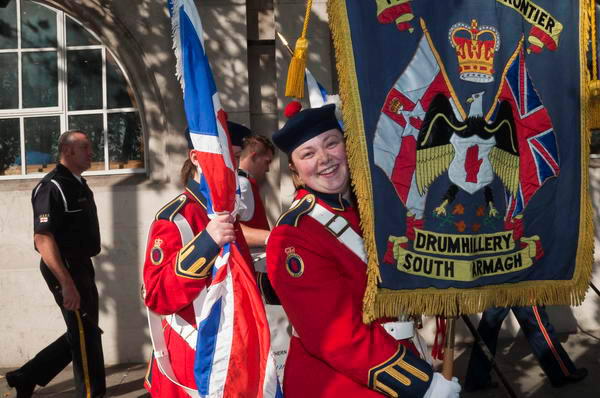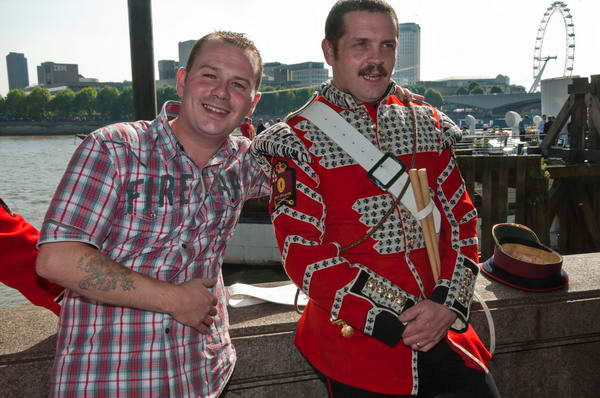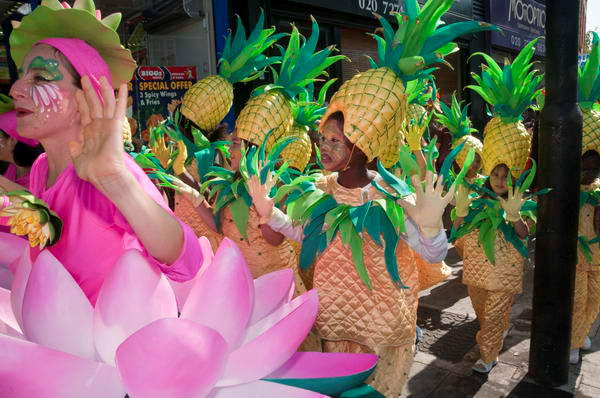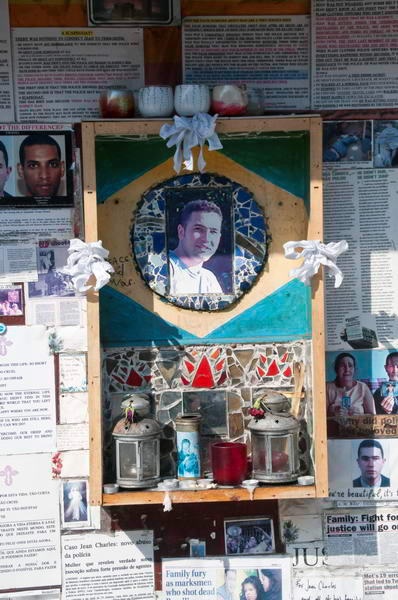I’m not an economist. Nor a rich man, because I’ve never thought it worth my time thinking about money.
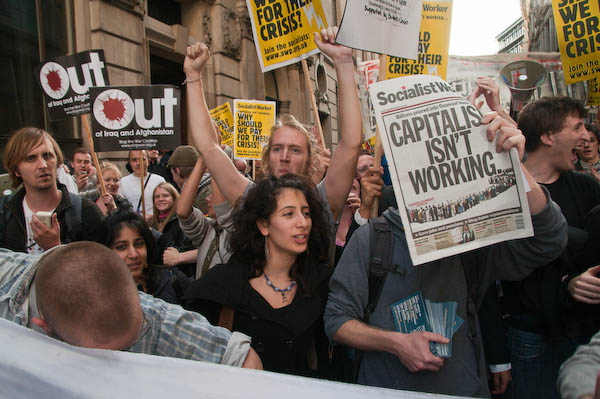
When I grew up we had none. At least that was simple, although my mother kept careful accounts of every penny in a small red bock, balancing her accounts carefully each week to avoid getting into debt. Penny-pinching all the time, making do and mending. But my early years were years of austerity and rationing for the whole nation, and being poor like we were wasn’t very different from being almost as poor as the rest of the people down the street.
Even on a student grant I was better off, and my first full-time job earned me more than my father ever had but I’ve never got into the habits of spending (except on cameras) and waste that most people seem to take for granted, so I’ve never had to really count the pennies.
Banks have changed dramatically since I opened my first account to handle my student grant cheque. Rather than computers there was a man in the corner sitting with a big black-covered book and when you presented a cheque the cashier would go over to him and check that your account had the funds to pay.
Now it seems they have all been busy trading with borrowed money, betting on bets in ways that no-one had thought to regulate, making huge profits for their shareholders and massive bonuses for themselves in the good times. Which have now come to an end and the taxpayers are having to pick up their massive losses.
The failure of the banks doesn’t give me any pleasure, not least because it also has resulted in a fairly dramatic fall in the value of my own investments towards a pension, which I thought (and had been assured) were reasonably safe. Oh well, its only money.
But I certainly had considerable sympathy for the protesters who organised the March on the City with the slogan ‘We Won’t Bail out the Bankers’. As usual, more details and pictures on My London Diary.

